Used Household Batteries
Find information about the types of batteries used in households and how to manage them when they are no longer needed.
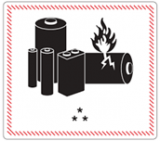
Certain batteries should NOT go in household garbage or recycling bins. This page can inform you on how to manage these batteries safely. Waste batteries can always be recycled or taken to household hazardous waste collection points.
To prevent fires from lithium-ion batteries, tape battery terminals and/or place batteries in separate plastic bags and never put these batteries in household garbage or recycling bins.
On this page:
- Background
- Single-Use Batteries
- Rechargeable Batteries
- Automotive Batteries
- Federal Battery Laws
- State Battery Recycling Laws
Background
Every year in the United States, millions of single use and rechargeable batteries are bought, used and recycled or disposed of in the trash. Batteries come in various chemistries, types and sizes to fit their use.
- Single-use batteries can generally be removed from the device when they stop powering the device.
- Rechargeable batteries may be removable or permanently attached to the device.
The increased demand for batteries can be traced largely to the rapid increase in use of small portable electronics, power tools, and other everyday items, as well as the increase in “smart” products, such as small and large appliances and automobiles.
Batteries are manufactured using different mixtures of chemical elements designed to meet customers’ power and performance needs. Batteries can contain metals such as mercury, lead, cadmium, nickel and silver, which can pose a threat to human health or the environment when improperly managed at the end of their service life. Battery types are identified by marking and labeling, not by the battery’s shape or the color of the label.
Some batteries may also contain materials such as cobalt, lithium and graphite that are considered critical minerals by the United States Geological Survey. Critical minerals are raw materials that are economically and strategically important to the United States and have a high supply risk potential and for which there are no easy substitutes. Consequently, every effort should be made to recycle and recover these materials to ensure they will be available for generations to come.
Once a battery is no longer useful, the type and chemistry of the battery determines which of the various waste management options to use. It is important to manage batteries correctly according to their type because some batteries can cause a risk to safety and health if mismanaged at the end of their lives. Batteries can have enough energy to injure or start fires even when used and when they appear to be discharged. For safety, remember that not all batteries are removable or serviceable by the user—heed battery and product markings regarding safety and use for all types of batteries.
Single-Use Batteries
| Type | Uses and Description | Disposal |
|---|---|---|
|
Alkaline and Zinc-Carbon 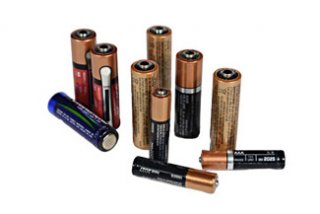
|
|
Some reclamation companies recycle these batteries; check with your local or state solid waste authority for management options. In most communities, alkaline and zinc carbon batteries can be safely put in your household trash. EPA recommendation: send used alkaline and zinc carbon batteries to battery recyclers or check with your local or state solid waste authority. |
|
Button-Cell or Coin 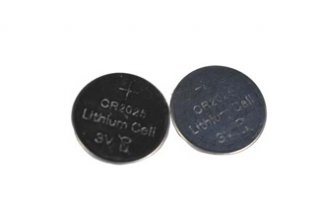
|
|
Button-cell or coin batteries can be a potential swallowing hazard; store them out of the reach of young children. Management requirements are based on the battery’s chemistry. They can be brought to specialized battery recyclers, participating retailers that provide battery takeback services or local household hazardous waste collection programs. Contact the manufacturer or local solid waste authority for additional management options. Handling precautions: Place each battery in separate plastic bags or place non-conductive tape (e.g., electrical tape) over the battery’s terminals or around the entire button. A lithium battery may spark and cause fires if damaged or the terminal ends touch. If the battery becomes damaged, contact the manufacturer for specific handling information. EPA recommendation: Check for the word “lithium” marked on the battery. Do not put button-cell, coin, or lithium single use batteries in the trash or municipal recycling bins. Find a recycling location near you: |
|
Lithium Single-Use 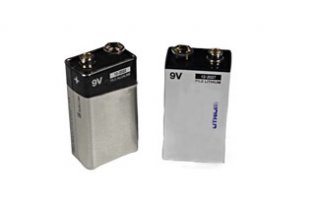
|
|
Rechargeable Batteries
| Type | Uses and Description | Disposal |
|---|---|---|
|
Nickel Cadmium (Ni-Cd) |
|
Removable batteries: Removable rechargeable batteries can be brought to specialized battery recyclers, participating retailers that provide battery takeback services, or local household hazardous waste collection programs. Contact the manufacturer or your local household waste authority for other management options. Non-removable batteries contained in electronic devices: Entire devices can be brought to certified electronics recyclers, participating retailers that provide electronics takeback services, or local electronics or household hazardous waste collection programs. Handling precautions: Place each battery in a separate plastic bag or place non-conductive tape (e.g., electrical tape) over the battery’s terminals. Handle any damaged battery with care and appropriate personal protective equipment. If a lithium-ion battery becomes damaged, contact the battery or device manufacturer for specific handling information. EPA recommendation: Look for labels identifying battery chemistry. Do not put rechargeable batteries in the trash or municipal recycling bins. Find a recycling location near you: |
|
Lithium-Ion (Li-ion) 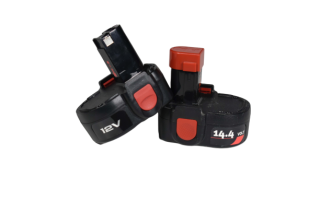
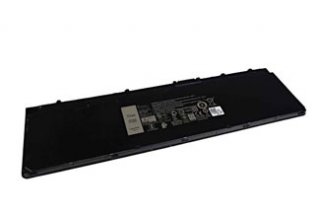
|
|
|
|
Nickel Metal Hydride (Ni-MH) 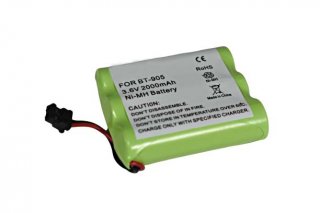
|
|
|
|
Nickel-Zinc (Ni-Zn) |
|
|
|
Small-Sealed Lead Acid (Pb) |
|
Automotive Batteries
There are several types and applications of batteries used in vehicles today. There are automotive starting batteries used with internal combustion engines, large electric vehicle battery packs that power the vehicle and small batteries that power accessories such as remote door locks or back up the computer’s memory.
| Type | Uses and Description | Disposal |
|---|---|---|
| Lead-Acid |
|
Return to the battery retailer or your local solid or household hazardous waste collection program. Handling precaution: Contains sulfuric acid and lead. When handling the battery, follow all warnings and instructions on the battery. EPA recommendation: Return lead-acid batteries to a battery retailer or local household hazardous waste collection program; do not put lead-acid batteries in the trash or municipal recycling bins. |
| Medium and Large-Scale Li-ion |
|
Because of the size and complexity of these battery systems, medium and large-scale Li-ion batteries may not be able to be removed by the consumer. Refer to the manufacturer’s instructions and heed warnings and safety instructions.
EPA recommendation: Contact the manufacturer, automobile dealer or company that installed the Li-ion battery for management options; do not put in the trash or municipal recycling bins. |
Federal Battery Laws
- Public Law 104-142: The Mercury-Containing and Rechargeable Battery Management Act: This law was enacted to phase out the use of mercury-containing batteries and provide for the recycling of nickel cadmium, small sealed lead-acid batteries, and certain other rechargeable batteries.
State Battery Recycling Laws
Some states have enacted battery recycling laws for various types of consumer batteries. To see a map of state battery laws, go to the Call2Recycle website.
